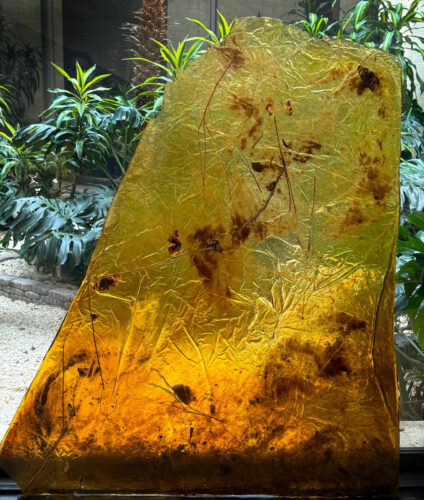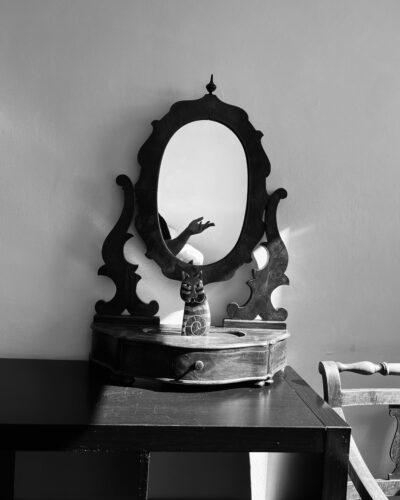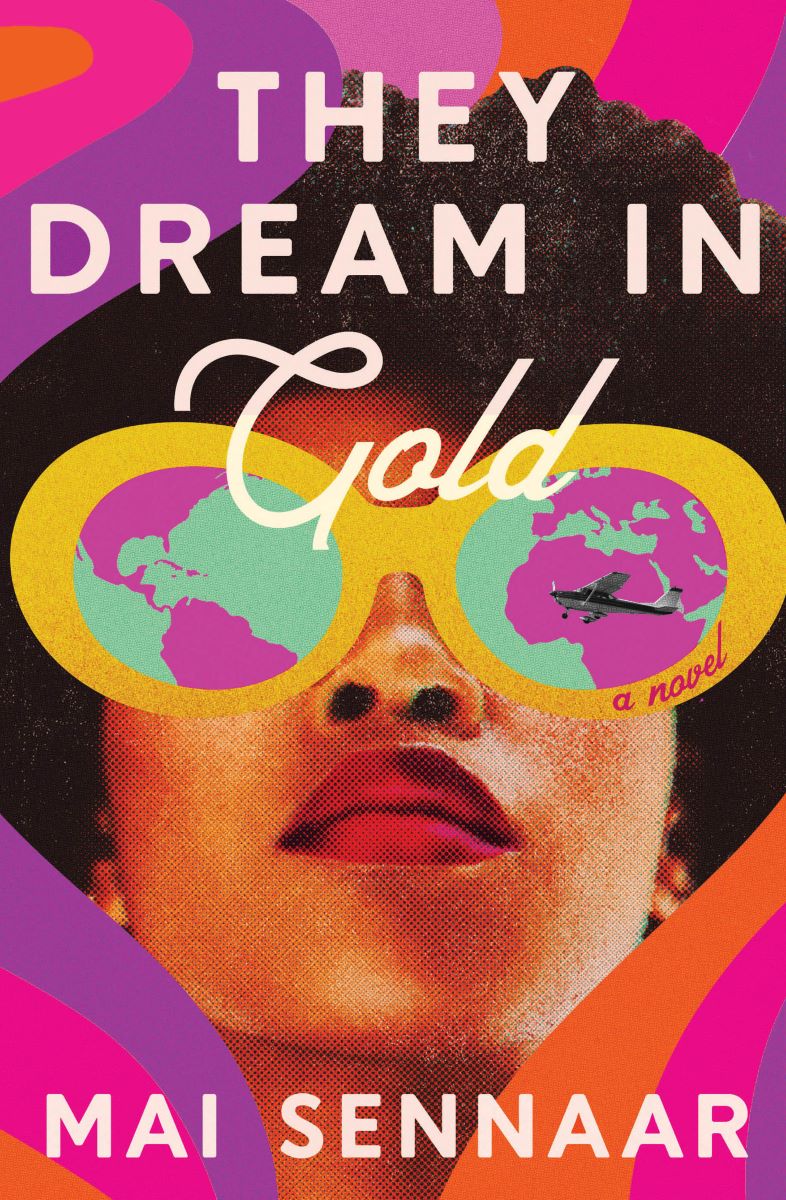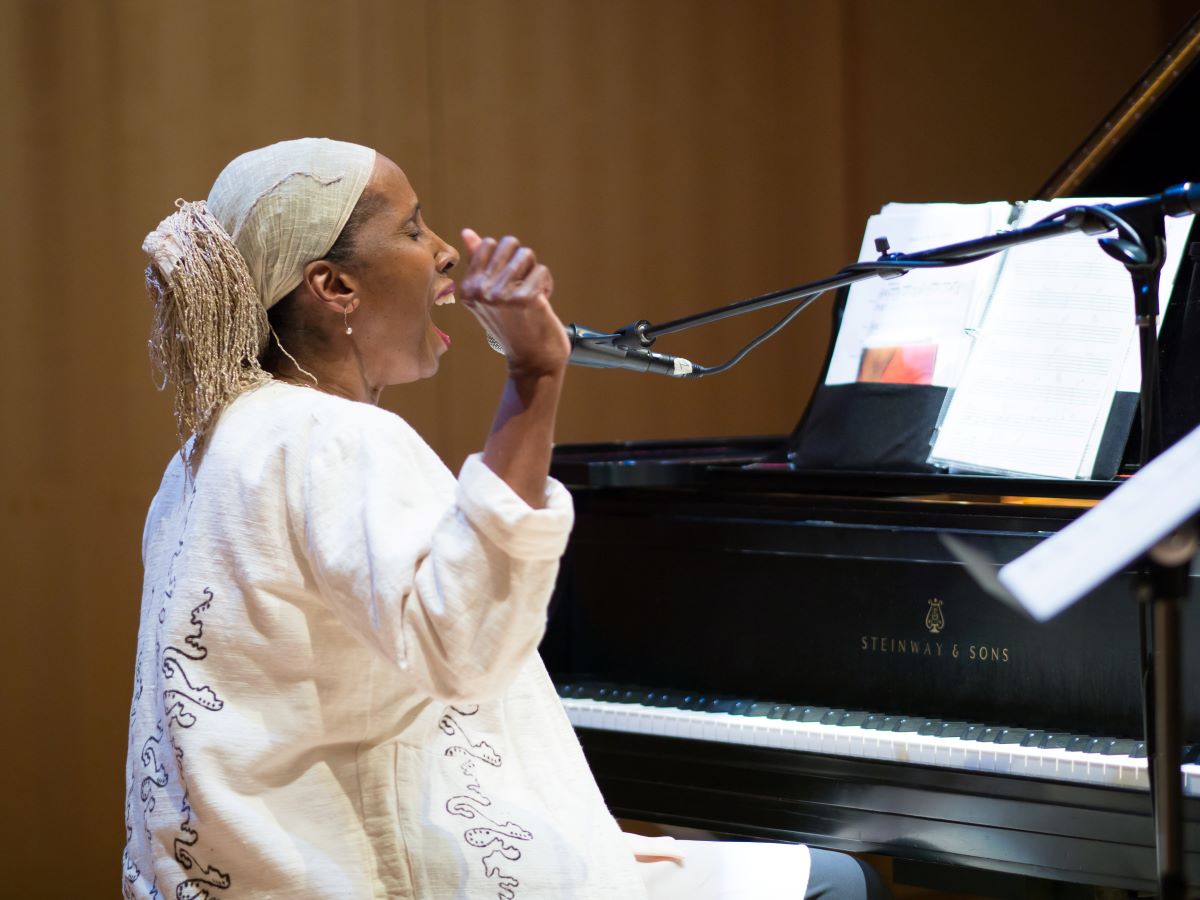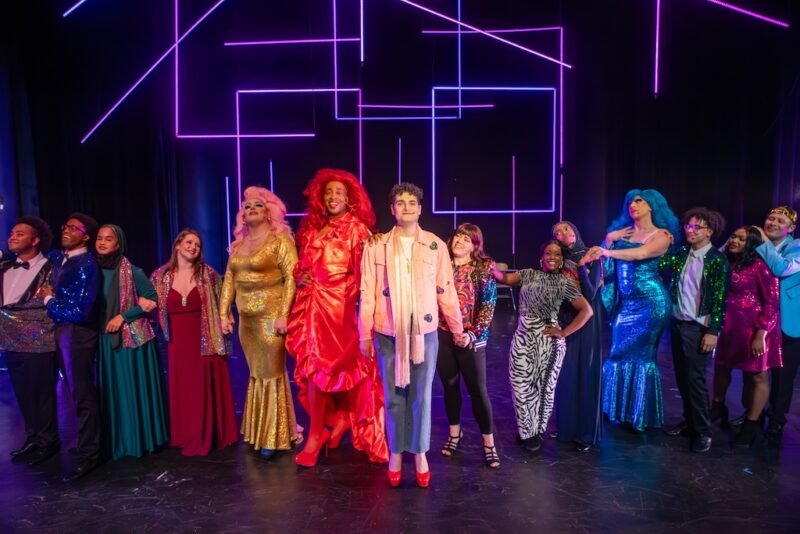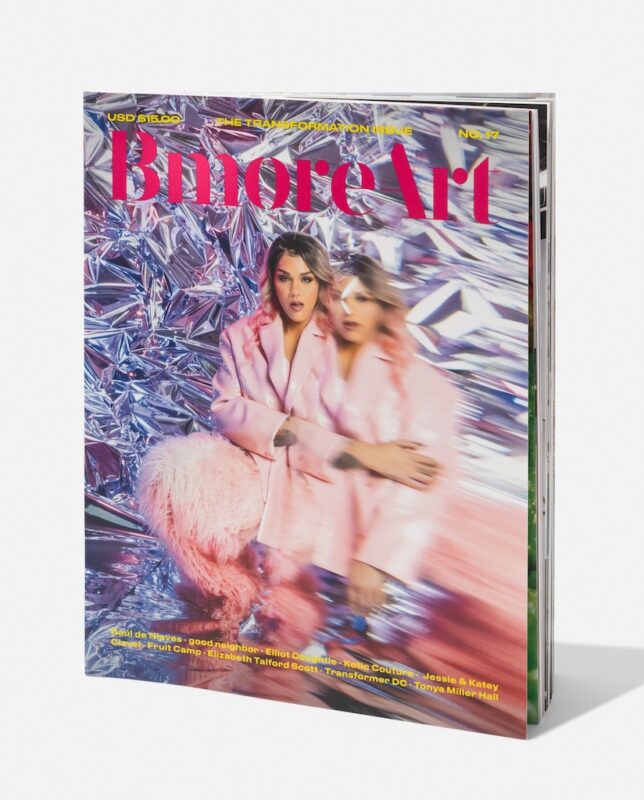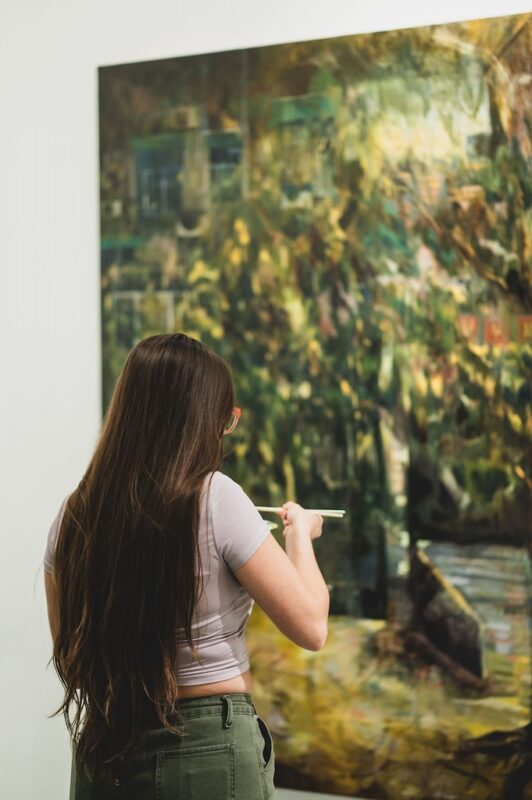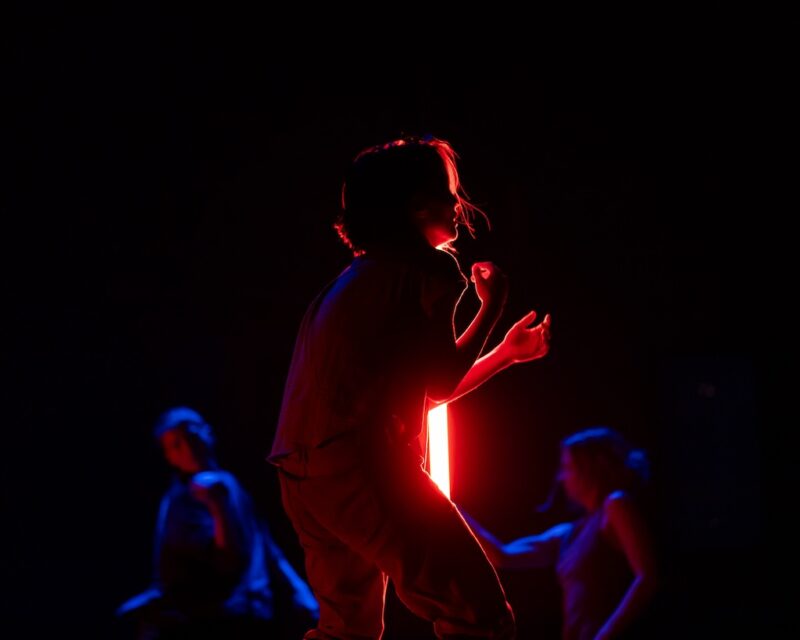Sennaar and I recently met and spoke about everything from her early features at BmoreArt to these exciting new works.
Can you speak a little bit to your writing practices and if you have any habitual things you do to get in the writing groove? How do you work your process?
This book really came to be when I got into this 3-7 a.m. writing routine. The consistency gave me the ability to be gentler with myself and to be like, “Hey, if it’s not going to happen today, then you’ll be back tomorrow.” This allowed me to have more freedom with the book and to try things. It gave me more confidence and more compassion for my own instrument as a writer.
Sometimes, when we have writer’s block, we’re resisting our own voice. The other thing that happened with the consistency was me beginning to embrace what I sounded like on the page and just letting it be what it is and trusting it. That got it done.
Which authors influence or inspire you? Is there anyone you’d like to model your career after?
I don’t know that I have a career model, but artistically, Zora Neale Huston is my number one. There were some years where Their Eyes Were Watching God was out of print in the US. My dad fielded a copy from London. It had really brown pages. It was old, an early edition. It was on our living room shelf and one day I just opened it to the middle and the language and vernacular, the intelligence, the sensuality, the emotion… I was like “who is this person and what has she done?” And that was it. She pulled me in first. I read that book once a year. It’s always like the first time.
I love Jhumpa Lahiri, Kiese Laymon. Marlon James. There’s so much good writing out there.
I know you come from an artistic family, can you talk about how that sparked your own personal creativity? How do you nurture that spark?
My dad was a booking agent for musical artists, singers, and musicians. My mother is a composer. Our home was full of amazing historic Black artists who really influenced culture. My brother is also a visual artist… Every single way creativity could manifest, I grew up around it. My brother introduced me to some of the music that would stay with me for years, like D’Angelo, Prince… My father [introduced me to] The Temptations, Jon Lucien. My mother with Laura Nyro, Sweet Honey in the Rock (of which she was an early member). It was a very musical home.
It encouraged me to be free spirited and to try things. My mother and I joke that we are both dancers who had to find another way to do it because we were too shy to be on the stage. For me, that became writing, but I still love dancing. We had a real respect for art and home was a real safe zone for anything you wanted to try.
You collaborated with your mother on Carry On!, a new theatrical production. What was that process like and what is this piece about?
Carry On! is about the COVID-19 pandemic and the experiences of those who were most affected: the elderly and essential workers. Many years ago, my mother taught music writing workshops in assisted living facilities in New York City. When COVID happened, she dusted off the story and wanted to see how it looked in a contemporary context. My mother is a genius. Anytime I’m working with her, I’m learning from her. Collaborations always give me a new way of seeing. I am a fan of hers. I feel like I have a little bit of talent and my mom’s talent is [the size of] the whole room. I’m always in learning mode.
We’ve been working together for years. She’s scored my short films and plays. Getting to be the book writer for her musical is just wonderful and awesome.
It’s also cathartic. Even though it’s about the pandemic, it’s not a sad, dreary thing. It’s hilarious and full of life. This musical is extremely exciting. Supported by a Rubys Grant, it was also an Eugene O’Neill Musical Theatre Conference Semi-finalist.
